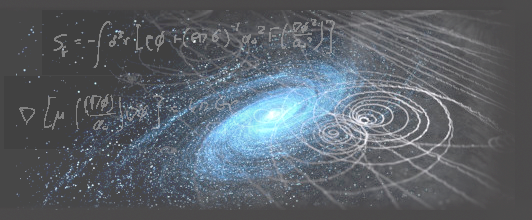While mainly build for the search for dark matter, the extremely low background and high sensitivity of the latest detector of the XENON collaboration, XENONnT, also allows for the detection of other rare events, such as the interaction of solar neutrinos with the Xenon nuclei. We present the first measurement of $\textbf{C}$oherent $\textbf{E}$lastic $\textbf{N}$eutrino-$\textbf{N}$ucleus...
The ESSnuSB high intensity neutrino beam will be directed towards a 540 000 m3 water Cherenkov detector situated 1000 underground, near the location of the second neutrino oscillation maximum, in the Zinkgruvan mine 360 km north of the ESS site in Lund in Sweden. The design of the large underground caverns to house the detector will require core-drillings to be made to measure the pressure and...
The European Spallation Source neutrino SuperBeam (ESSnuSB) project plans to send high-intensity beams of neutrinos and antineutrinos to study neutrino oscillations over a 360-km-long baseline. The main goal of the project is to measure the leptonic CP phase by studying neutrino oscillations at the second oscillation maximum. In this talk, we discuss the prospects of observing atmospheric...
Presently under construction in Lund, Sweden, the European Spallation Source (ESS) will be the world’s brightest neutron source. As such, it has the potential for a particle physics program with a unique reach, complementing those available at other facilities. In this talk, I will provide a general overview of the proposed particle physics activities for the ESS, which encompass the...
The violation of baryon number is an essential ingredient for baryogenesis - the preferential creation of matter over antimatter - needed to account for the observed baryon asymmetry in the Universe. However, such a process has yet to be experimentally observed.
The HIBEAM/NNBAR program is a proposed two-stage experiment at the European Spallation Source to search for baryon number violation....

